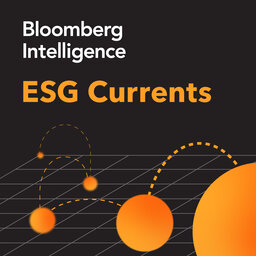How to Select Strong Sustainability-Fund Managers?
Given the array of new ESG funds and strategies over the past few years, along with the changing regulatory environment and shifts in demand, efforts to ensure strong management have taken on added importance. In this episode of ESG Currents, BI analyst Shaheen Contractor is joined by Mark Hays, director of sustainable & impact investing at Glenmede, to better understand all aspects of the manager-selection process. He discusses fees, performance and asset allocation, to tips and tricks in selecting capable managers. This episode was recorded on May 7.
 ESG Currents
ESG Currents


